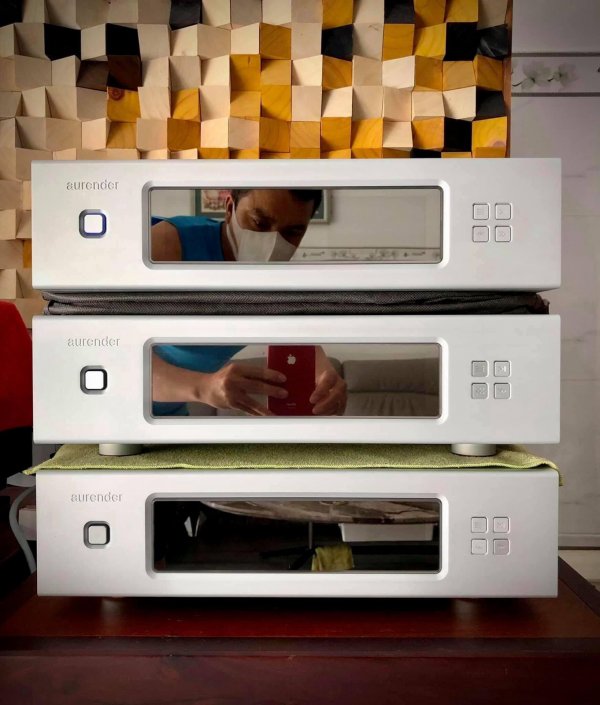But, I am also wary. The machine is a high end, bespoke PC any way you shake it. That also means that it is a rapidly evolving product. With, say an amplifier or speakers, it is probable that they will remain relevant for years. Look at some of the top amplifiers that were designed 10 years ago. But, with the Taiko, it will inevitably be a dated component in 18 months.
This is very true and you bring up valid points. I had these concerns also but this what convinced me.
First, it's clear Emile is on a unique path. Low phase noise OCXO clocking had become the rage when the Extreme was released to market and yet the Extreme uses no fancy expensive clocks. Not that this concept was foreign to Emile since he told me he used to design and manufacture his own OCXO circuits and even used a very expensive OCXO in his SGM 2015 server, but because he had figured out a better solution. Where just about every other manufacturer was using a low-power, low-noise CPU or FPGA for their bit-perfect music server or streamer, Emile had opted for dual high-power Xeons. While companies like dCS, Aurender, Antipodes, and InnuOS were using motherboards they had designed, Emile went with an off-the-shelf enterprise motherboard. While just about everyone else had opted for some customized variety of Linux, Emile opted for Windows. Because of these choices, I can imagine there were many that chuckled or at the very least were skeptical, until they heard the Extreme and realized it was like nothing they had heard before. Not surprisingly, there are now Extreme copycats that are coming to market but as any Extreme owner knows, the Extreme is not just about hardware but as much about how that hardware is being utilized by the software and with TAS and XDMS, it's also about having full control of the process. In this regard, the Extreme cannot be replicated by anyone else and so as I see it, Emile's only real competition is himself.
Second, the Extreme as it was designed is modular and scalable. Because of the size of the chassis, the Extreme can accommodate just about any size motherboard that comes to market and therefore, just about any CPU. The motherboard currently used has 6 PCIe slots that have low latency access to the dual CPUs allowing for expansion. Since the Extreme's release, we have seen Taiko design and market their own PCIe USB card and Emile has already discussed that a PCIe NIC card will come to market soon. As for internal storage, the new Sabrent 8TB NVMe SSDs are now an option effectively quadrupling the Extreme's storage capabilities. The power supply is scalable as well having seen it accommodate the DC requirements of the USB card. From the software side, we have options like Roon and HQP and that is the benefit of Windows is that we have broad compatibility that makes it far more obsolescence-proof than other operating systems. Unlike Linux where you are forced to use its generic drivers, with the Extreme, we have the option of using Taiko's own ASIO driver. Of course, we now have TAS and soon XDMS and so it's clear that despite how rapidly digital has evolved in the last 2-3 years, the Extreme has also evolved and as I see it, based on what is available on the market today, the Extreme's technical dominance has grown rather than shrunk. In my system, the Extreme is more relevant today than when I first bought it 2 years ago.





